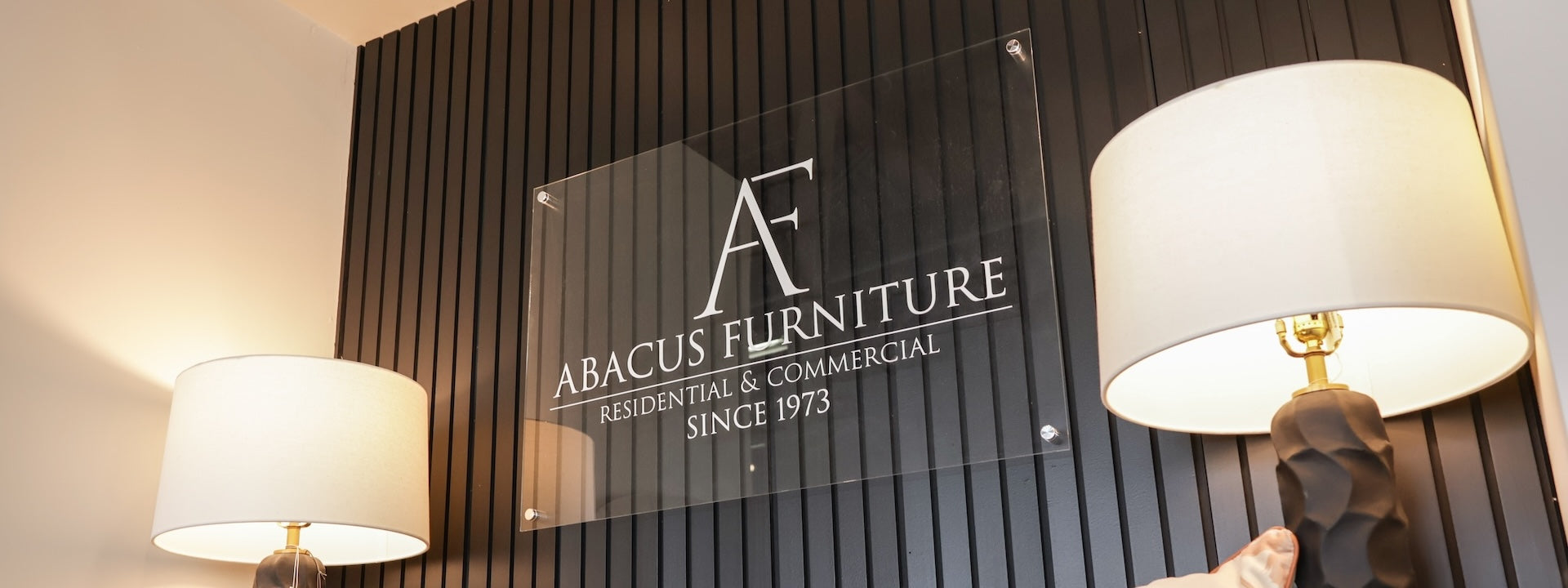Furniture Care
We want you to enjoy your piece for years to come! That’s why we created this section so that you can read all of the care tips to help keep your furniture looking like new.
Natural Wood Characteristics
Each piece of wood is unique. As such, the natural color or grain variations will cause the wood to react differently to finish. It is not uncommon to find several contrasts in the same piece of furniture.
The lighter pieces were closer to the tree’s bark, the darker pieces were closer to the tree’s center. Grain variations and mineral deposits should not be viewed as flaws. These natural markings have absolutely no effect on the furniture’s durability or structural integrity. Knots and other characteristics are much like the nubs you find in such fine fabrics as silk and linen, true indications of genuine quality.
Dusting
Use a clean, washable cloth made of soft, lint-free cotton
Dust cloth should have no snaps, buttons, zippers or thick seams that could scratch furniture surfaces
Do not use a dust cloth that has hanging threads or unraveling edges, which could catch on wood slivers, molding, knobs or other loose pieces.
Do NOT Use a Feather Duster
It will simply move dust around, flinging it into the air.
Feather dusters can’t be washed.
A feather duster quill could scratch the wood surface if a feather breaks off.
Dust is abrasive.
Infrequent or improper dusting can create a worn, dull surface over the years.
Buildup of dust, accumulated in carvings, cracks and grooves eventually becomes hard to remove, making wood look dark and unattractive.
Humidity
Wood is very sensitive to changes in relative humidity. As the weather changes, so does the relative humidity in your home and in the moisture content of the wood in your furniture.
This means that furniture is constantly expanding and contracting.
Wood does best in moderate conditions of around 70°F-72°F and a relative humidity of about 50-55%.
Frequent and sudden changes in relative humidity are especially bad.
Wood is most likely to crack when the climate in a home suddenly changes from hot and humid to cool and dry.
Use a humidifier in winter and an air conditioner in summer for best results.
Excess heat and dryness can cause wood to split and crack.
Place furniture away from all heat sources, in front of radiators, heat runs or fireplaces, if possible.
If you must put furniture near an air duct, use a shield or guard plate to direct heat away.
Store table leaves as close as possible to the table so they adjust to the same humidity conditions.
Wood can best handle temperature and relative humidity changes if they occur gradually.
When air conditioning your home, it is best to keep the intake of outside humid air to a minimum.
Humidifiers or vaporizing units can be added to a heating/air conditioning central system to help stabilize the humidity level.
Avoid Direct Sunlight
The ultraviolet rays of the sun will damage a finish and bleach the wood underneath.
Prolonged exposure to sunlight can cause the finish to crack
Try to keep furniture out of direct sunlight.
Use window shades, drapes or blinds to block light during the time of day the furniture is exposed.
Occasionally move lamps, doilies and other objects so the wood ripens uniformly.
Avoid Heat, Chemical Exposure, Sharp Objects
Keep solvents such as nail polish remover, alcohol and paint thinner away from wood furniture because they can harm the finish.
Plants and flower nectar that touch the finish can also cause permanent stains.
Placing hot items on furniture can cause a chemical change in the finish that results in white rings or spots.
Products containing ammonia should never be used as it will harm your finish.
Lift, don’t slide, objects on wood.
Place objects on trivets, tablecloths, doilies or others covers to protect the finish.
Use felt bottoms on lamps and other decorative objects.
EXPERT TIPS
Repairing blush marks on solid wood furniture
- Blush marks often look like white or milky spots/rings on the surface.
- This occurs when excess humidity and or heat is trapped beneath the surface of the lacquer. To repair the blushing you need: a clean white cloth, rubbing alcohol, and a hair dryer.
- Pour a cap full of rubbing alcohol on the effected area of the furniture and rub using the cloth with the grain.
- Take the hair dryer and apply a high heat directly above the affected area until the alcohol has evaporated.
- Repeat the process until the marks have disappeared.
Using Touch Up Markers on Solid wood Furniture
- Touch Up Markers are used for repairing small scratches. These may include areas where the furniture finish (stain) has worn away or where panels have shrunk and left raw wood showing. The touch up marker provided is an exact match of your furniture and cannot be used with other furniture of a different colour.
- For thorough coverage, you may need to dab the ink onto the scratch, let it dry, then even out the colour by stroking lightly across it with the tip.
- Apply Marker only to damaged areas, and wipe immediately if any gets on the neighboring finish.
Keep in mind that colors tend to darken when they soak into wood fibers.

